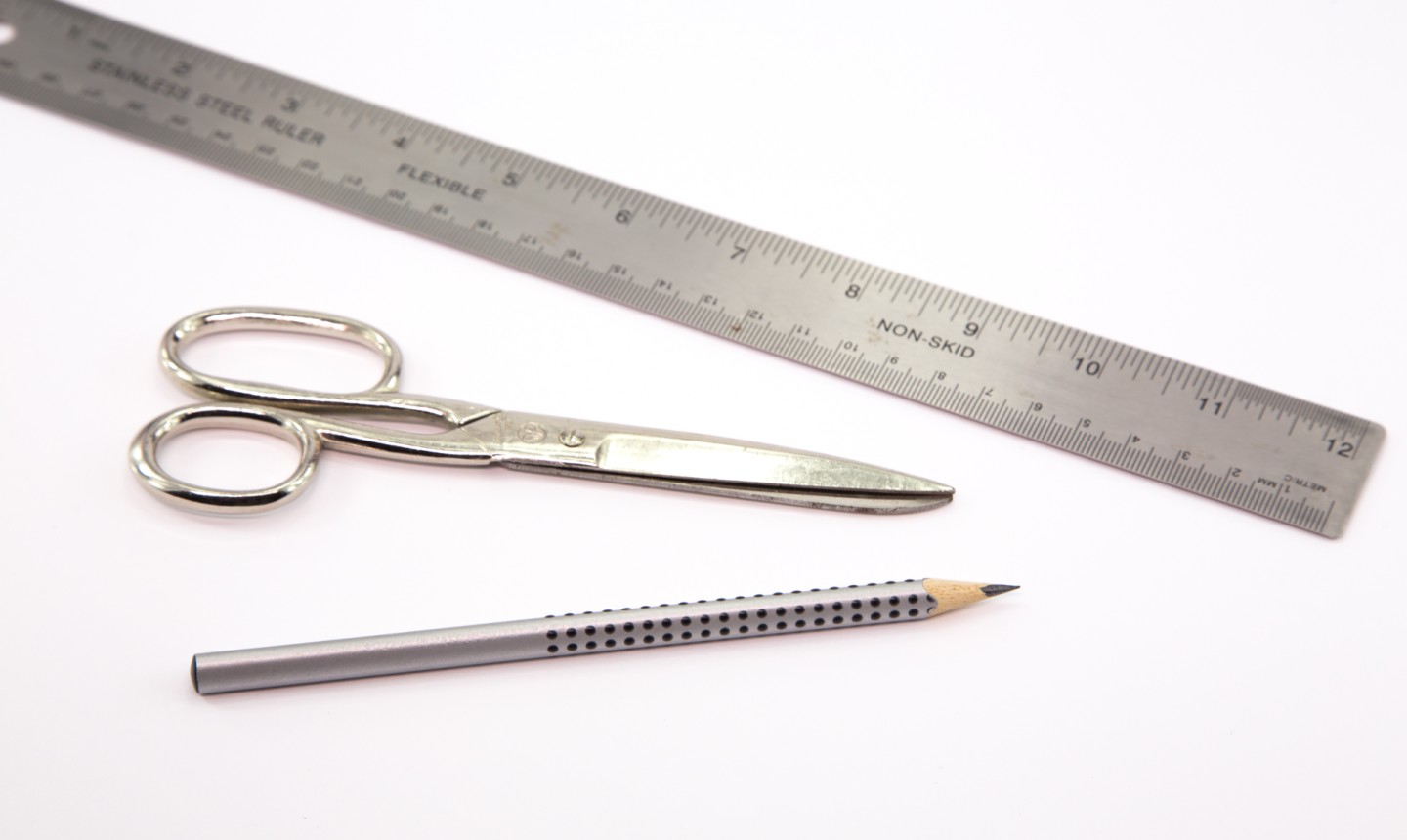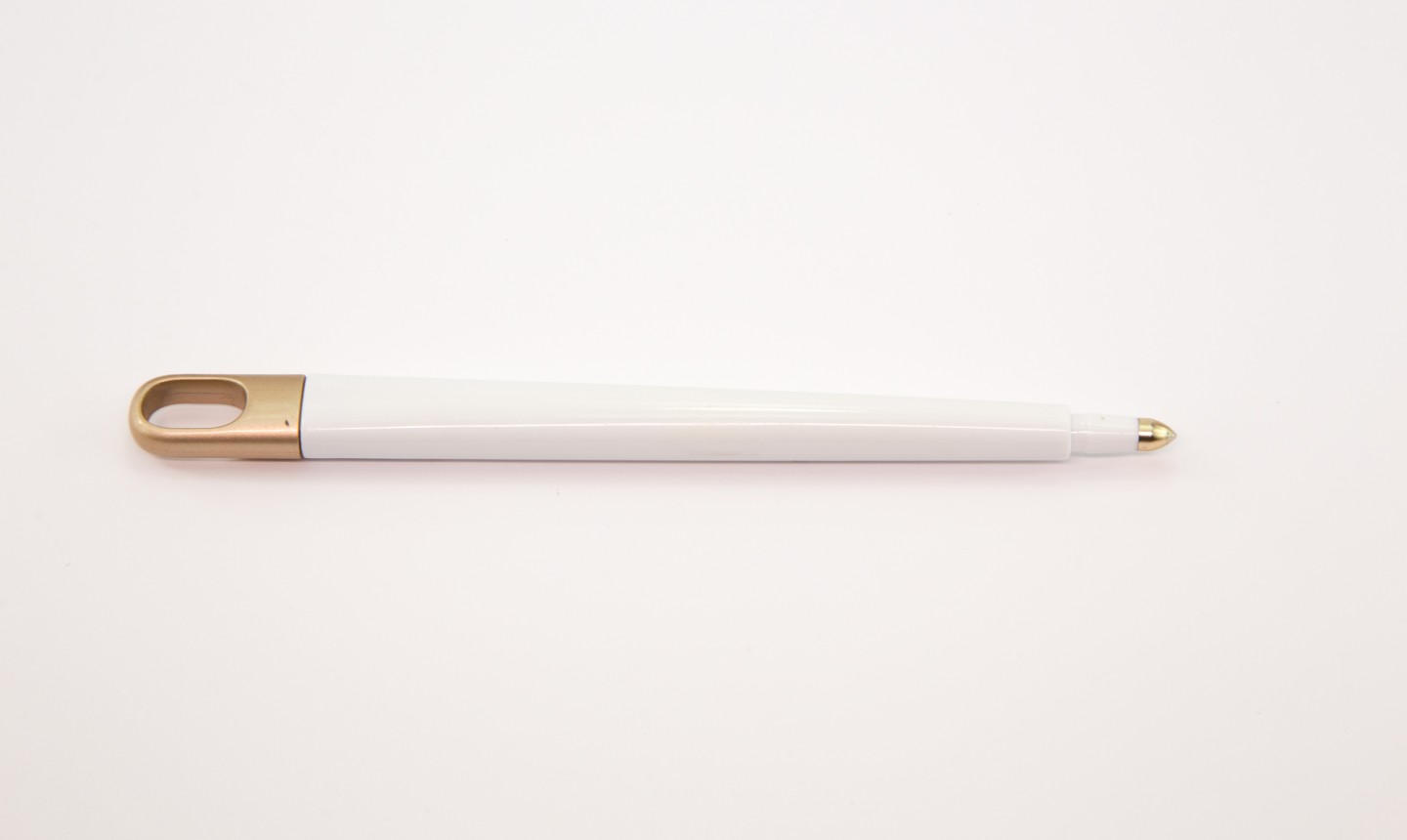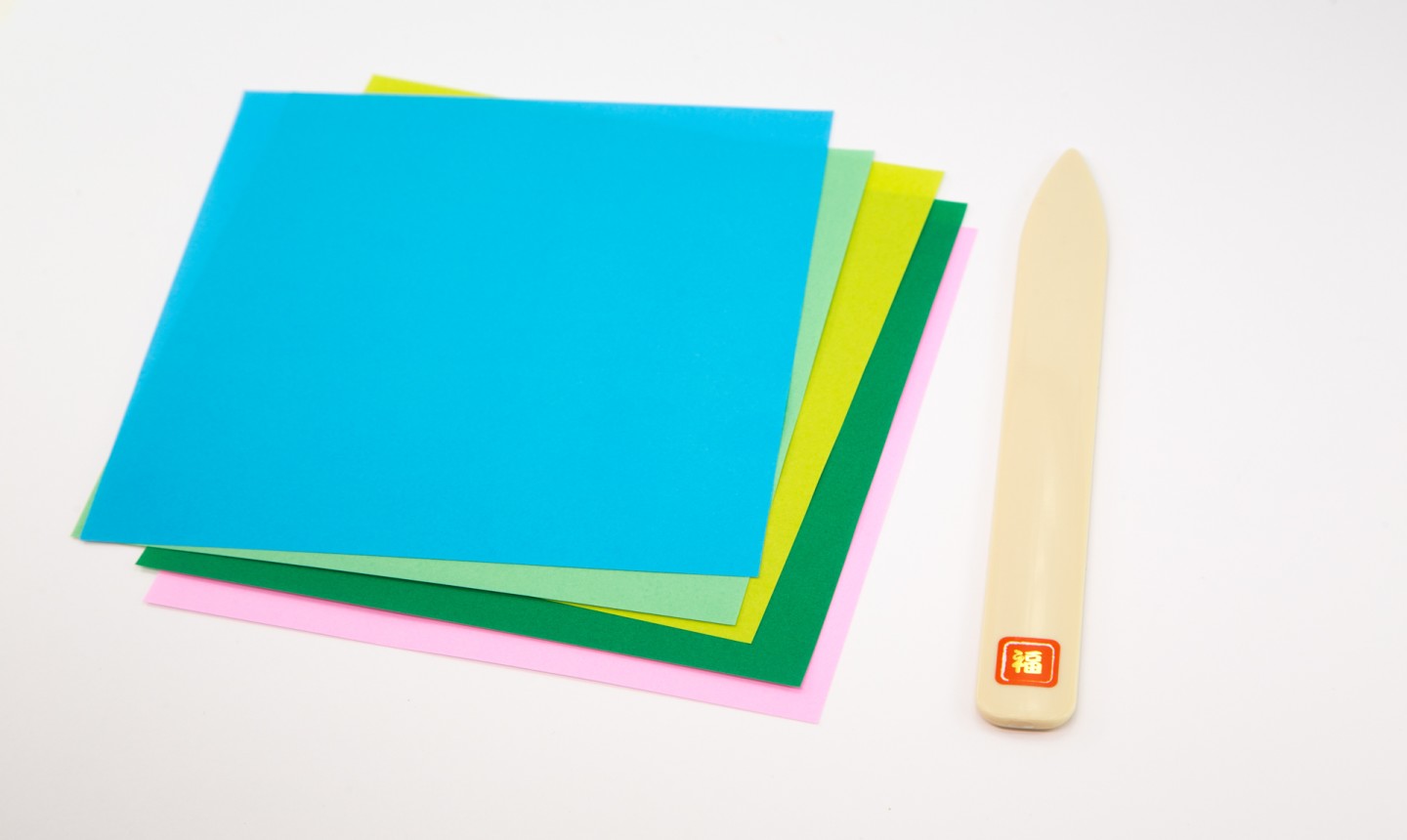
Part of the beauty of origami is its simplicity. Just crisp, flat paper and your own two hands, right? Almost. Origami is simple, and it's great to keep it that way. But rounding up a few specialized items can set you up for success, especially when you're just starting out.
(Best of all, you probably have most of these tools — or objects that can do the same job — around the house already.)
1. Paper

Paper is the only true requirement of origami. There are a few different types of origami paper, but for beginners, the standard thin kind (easy to find in craft shops) is perfect.
This light, crisp paper is referred to as "kami" in Japan, which simply translates as "paper." Kami paper is easy to fold and comes in many different colors and patterns (so you can practice, practice, practice and never get bored!).
Most origami enthusiasts collect all sorts of different paper, from leftover wrapping paper to extravagant handmade "Chiyogami" paper. If you're not sure what kind to use, experiment with different weights and textures — you'll quickly find your favorites.
2. Cutting Tools

Most modern origami models do not use scissors. However, quite a few traditional origami models do include a few snips here and there. You'll also need scissors when cutting your paper to the right starting dimensions.
Many origami models require paper of a specific size or ratio, not just a square. So having a ruler and pencil in your kit is a must. Other cutting tools, such as a cutting knife with a mat, are useful, but not essential.
3. Scoring Tool

This tool scores a clean line to create a fold without damaging the paper. This can be super helpful when using thicker paper to make lovely straight lines and crisp corners.
You can find specialty scoring tools at most craft supply stores or online. Feel free to use an empty ballpoint pen (as long as it's completely out of ink!), a blunt butter knife or even a knitting needle in a pinch.
To score a fold, take your ruler and place it where the fold needs to be. Grab your scoring tool and drag it along your ruler as if drawing a line with a pencil. It’s best to start by scoring lightly, as often that's all you need to create a fold line.
4. Paper Folding Tool (Bone Folder)

Depending on what shape you're working on, you might be able to get by with only your fingers as tools. But if the origami model is more complex or you have multiple origami models to fold (or you just love being super-precise!) a bone folder will be a big help.
This tool's traditionally made out of animal bone, but these days you can find many that are made from plastic, metal or wood. Basically, a bone folder takes the place of your fingernail when flattening a fold.
You might already have some items around your home that can be used as a folding tool, like letter openers, plastic knives or clay shaping tools. You can use anything that's easy to hold and knife-shaped with a smooth, blunt edge.
5. Glue

Although many origamists try to stay away from glue, there are some renditions of the artform that actually require it, such as golden venture folding. This form of origami connects multiple little modules to form a larger 3D piece of art.
Glue's also handy, of course, for attaching your origami creations to greeting cards or hanging them up as mobiles.
A run-of-the-mill glue stick will work great with your origami. You can also use double sided tape, if you're glue-averse.
6. Space
For many people, folding origami is more than just a craft — it's also the perfect time to practice mindfulness. Because of this, the place in which you practice origami is so important. Don't overthink it — a nice quiet room with a clear desk and comfortable chair is all you need. Just make sure you have enough light to see!
In addition to a nice peaceful physical space, treat yourself to some mental space, too. Mastering origami takes time and practice. Trust me, your first attempt probably won't look perfect!
The most important thing is that you enjoy the process of folding the paper. That's enough.

University College Hospital London currently has marvellous examples of Origami in Display Cases (1st and Ground Floors). Truly amazing pieces of work!
what if I don't have any scoring tool nor ruler
Dear team craftsy, Hope you’re doing well and keeping safe :) Hello! I am Varun Sai Koruprolu from Hyderabad, India. I am a Second-year Undergraduate Product design student from the National Institute of Design, Ahmedabad. I am an Origami enthusiast and have been exploring it for a couple of years now. This message is regarding my Design project at my college that I’ll be working on for the next 6-8 weeks. I am broadly focusing on Origami as my domain. The brief I chose is to make a simple tool that can help origami artists during the process of folding which would not involve any technology. It’s going to be a simple product that can be used by anyone (aiming for a low-budget product). I’d be grateful if you could help me with it. My intention is to contribute something to the beautiful community we have :) These are some questions that would help my research at this phase of my project: What would that one phase or step of folding you would want to omit or think is redundant? Referring to my question 1; Do you think that one particular step affects your physical self or inhibit you from creating and experimenting more? If yes, what do you do in that situation? Are there any tools that already exist in the market that I am not aware of (apart from the Bone folder and other basic tools)? If yes, please do share them with me. Referring to question 3; Do you think the existing tools are enough or would you want more? If you own a Vinyl cutter/Cricut/Plotter, What other features would you want your device to perform? & What do people who do not own a machine generally do to perform similar tasks as the machines do? Waiting for your reply. Hoping to keep in touch with you during the course of this project and post that as well :) Thank you for your time in advance. Warm Regards, Varun Sai Koruprolu Product Design | Second year National Institute of Design, Ahmedabad Phone: (+91) 9885761339